
5 Ways We Can Keep Your Immune System Strong
December 10, 2025/by Kaplan Center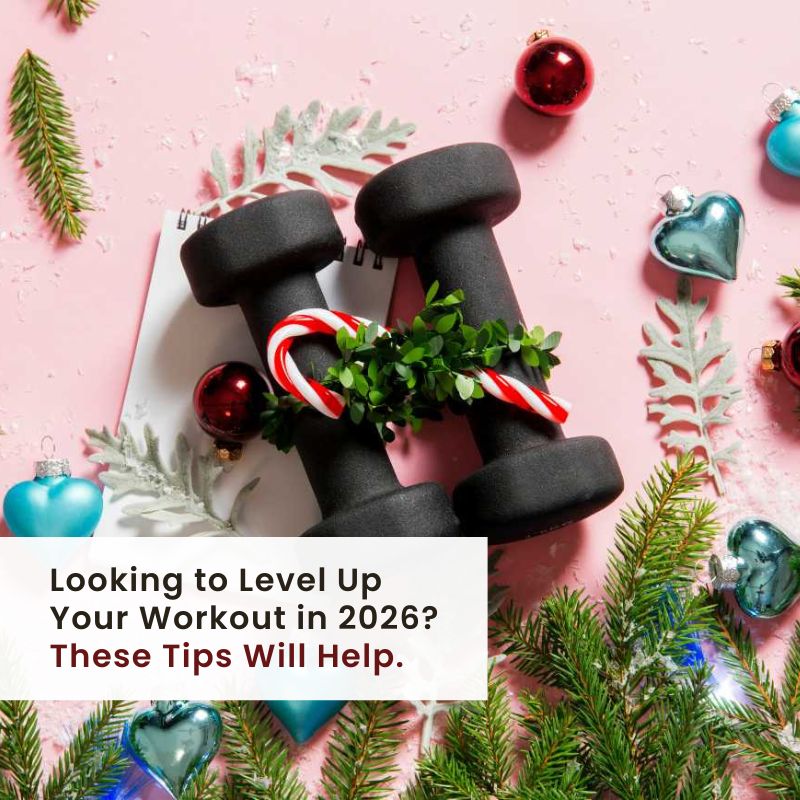
Want to Take Your Workout to the Next Level Next Year? These Tips Can Help
December 8, 2025/by Kaplan Center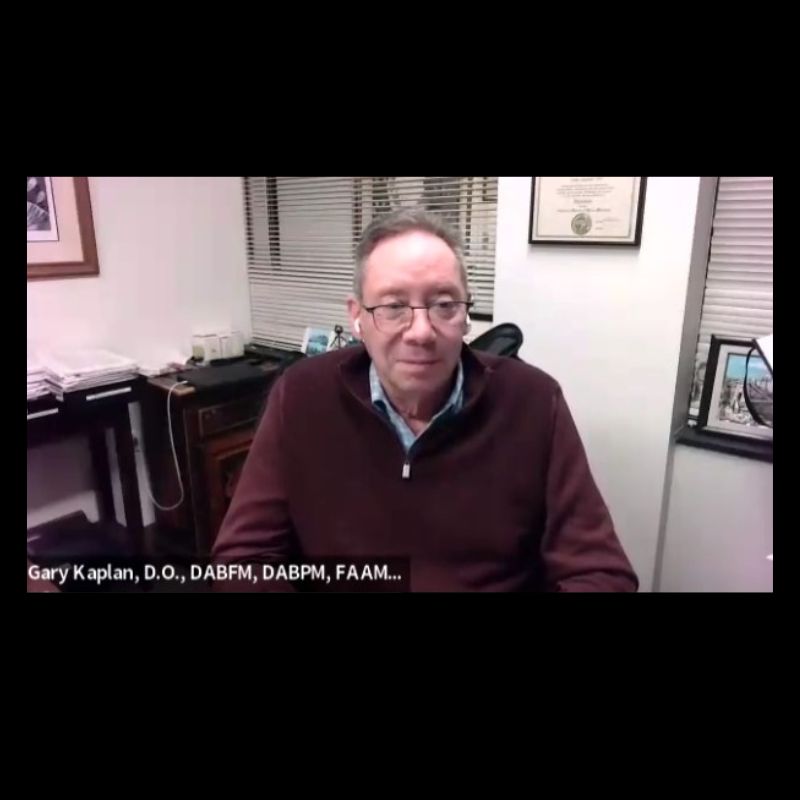
Dr. Kaplan’s Dos and Don’ts of the Holiday Season
December 3, 2025/by Kaplan Center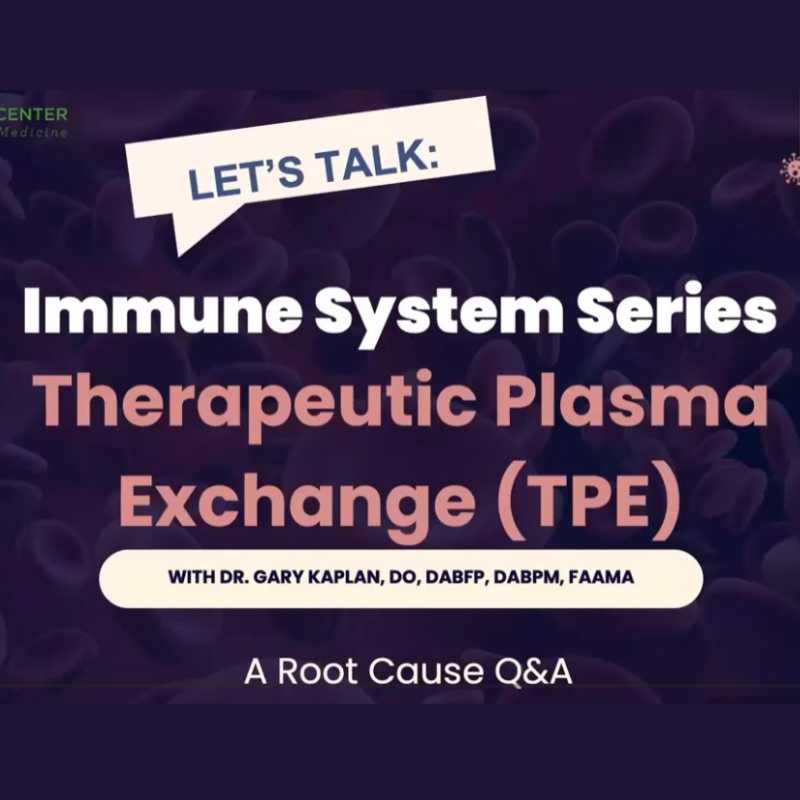
Let’s Talk Webinar – A Root Cause Q&A
December 2, 2025/by Kaplan Center
Navigating Holiday Meals with Gut Issues: Simple Tips for a Comfortable Season
December 1, 2025/by Chardonée Donald, MS, CBHS, CHN, CNS, LDN
Craniosacral Therapy for TMJ | Say Goodbye to the Daily Grind
November 19, 2025/by Patricia Alomar, M.S., P.T.
From Compassionate Care to Personal Healing: A Letter to My Patients
November 18, 2025/by Kaplan Center
8 Steps to a Healthier Gut—and a Longer, Healthier Life
November 18, 2025/by Kaplan Center
Mid-Life Irritability & Fatigue Improved by Hormonal Balancing
November 13, 2025/by Lisa Lilienfield, MD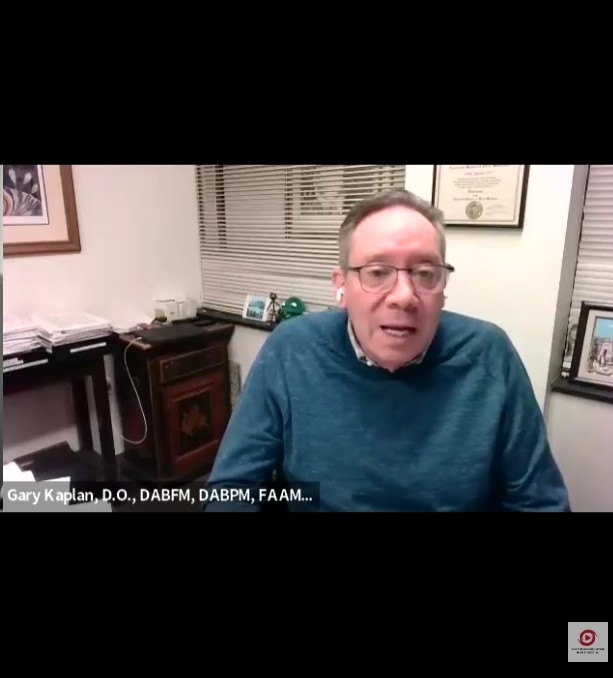
From Challenges to Change: Dr. Kaplan on Healthcare’s Biggest Challenges
October 29, 2025/by Kaplan Center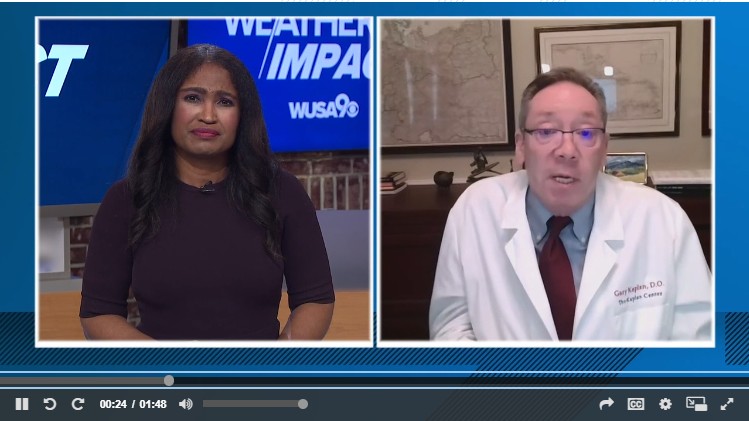
Overlooked Dangers of Mold Exposure and How to Stay Safe – Dr. Kaplan Talks to WUSA9
October 27, 2025/by Kaplan Center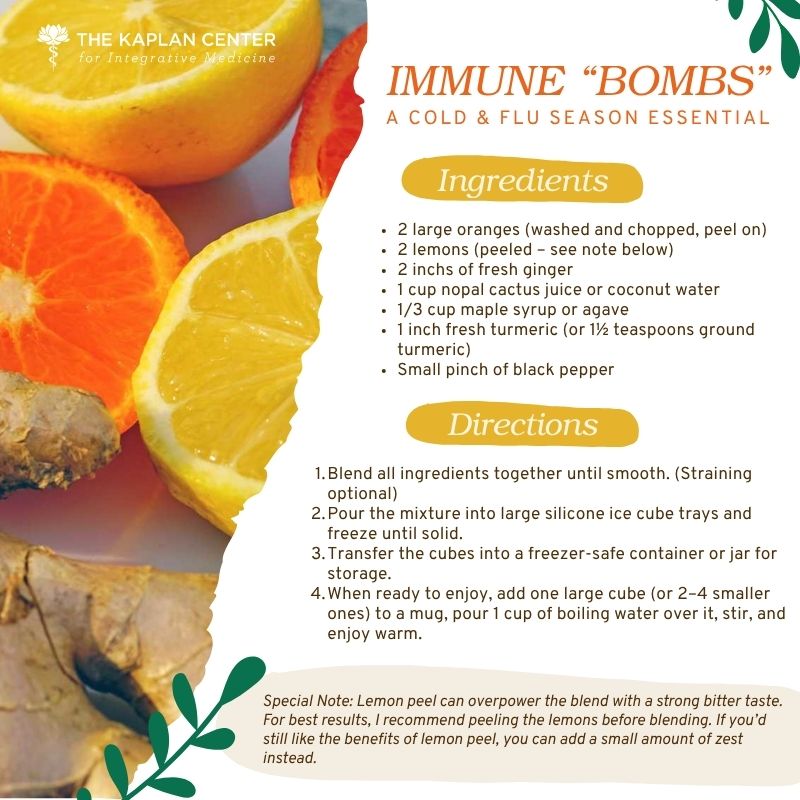
Let’s ‘Fall’ Into Wellness: A Nutritionist-Approved Immune-Boosting Recipe for Cold and Flu Season
October 13, 2025/by Chardonée Donald, MS, CBHS, CHN, CNS, LDN
PANS/PANDAS – When Sudden Symptoms Signal Something More
October 9, 2025/by Kaplan Center
Beating Burnout, A Nutritionist’s Perspective
October 1, 2025/by Chardonée Donald, MS, CBHS, CHN, CNS, LDN
3 Things That Can Happen After Stopping GLP-1s
September 11, 2025/by Chardonée Donald, MS, CBHS, CHN, CNS, LDN
What Families Need to Know About COVID and Flu Season
September 3, 2025/by Kaplan Center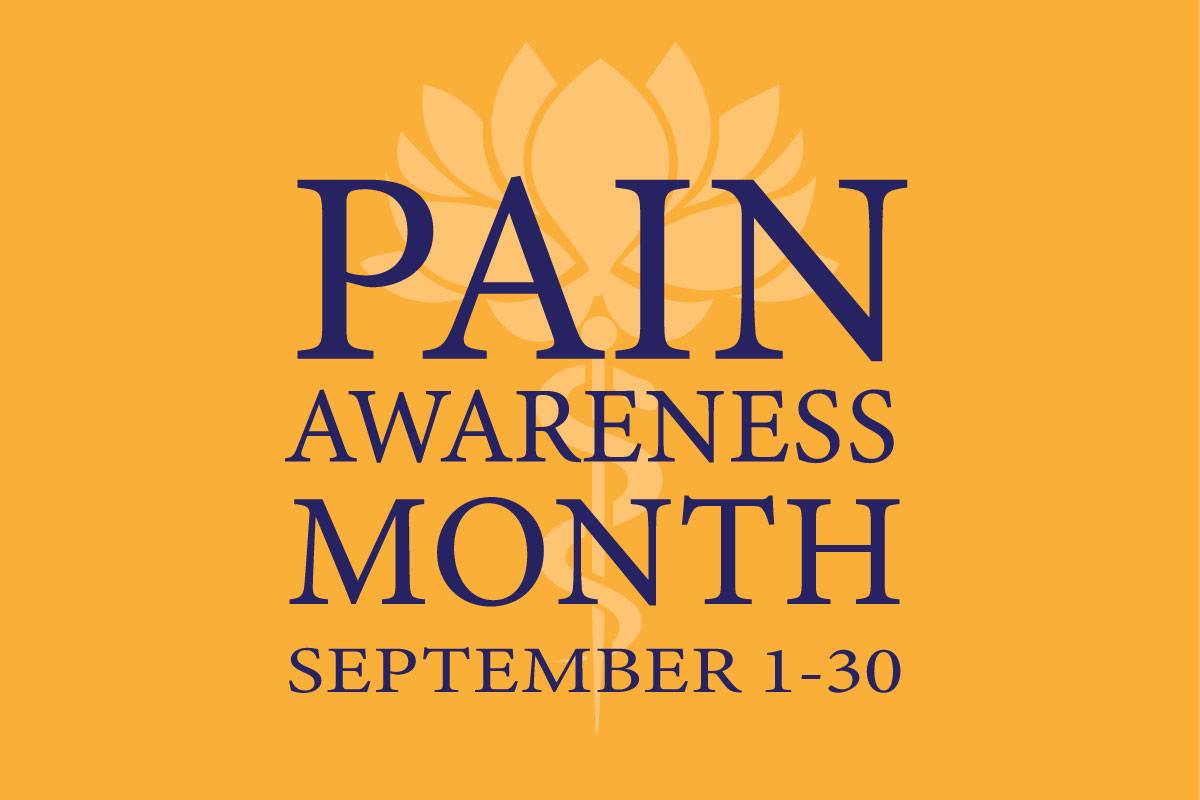
September is Pain Awareness Month
September 1, 2025/by Kaplan Center
Dr. Kaplan Spoke to Northern Virginia Magazine About COVID, Flu, and Immunity — Here’s What You Should Know
August 14, 2025/by Kaplan Center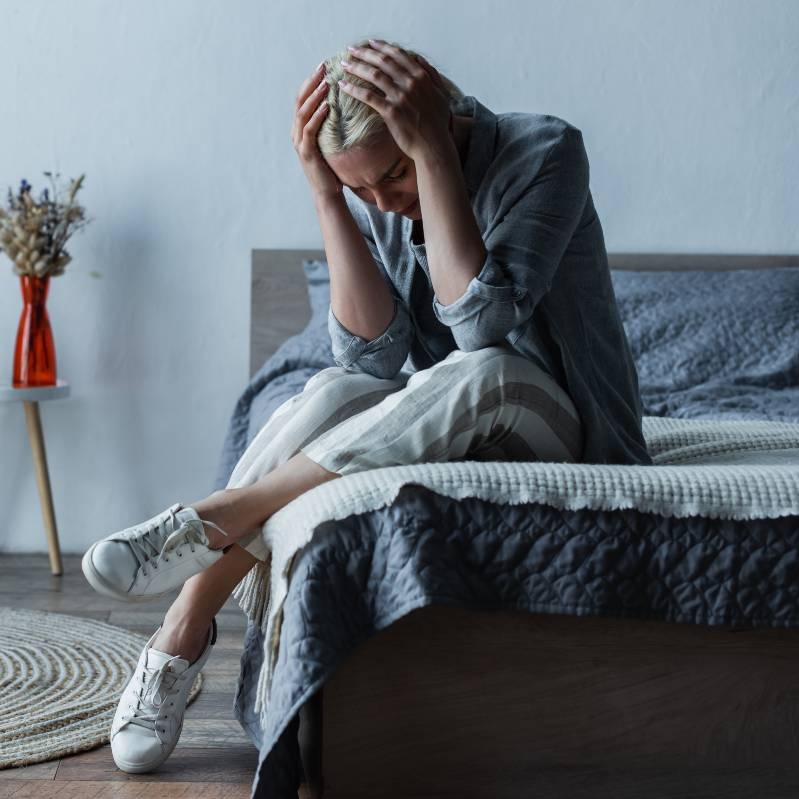
“Why Do I Feel Like Crap?”: The Overlap Between Long COVID and Perimenopause
July 30, 2025/by Kaplan Center
Why People Are Turning to EMDR (and Why You Might Want to Too)
July 23, 2025/by Kaplan CenterAre you looking to improve your overall wellness?
Personalized care you can trust.
Our integrative, non-surgical treatment approach is highly successful in maintaining wellness and also treating chronic pain and illness. For more than 30 years, we have delivered superior, cutting-edge health care in the Washington, DC area.
QuickLinks
Contact Information
Tel: 703-532-4892
Fax: 703-237-3105
6829 Elm Street, Suite 300
McLean, Virginia 22101
Map It
Hours of Operation
Mon – Thu : 8 am – 5 pm, ET
Fri : 8 am – 12 pm, ET
Calming the Triple Warmer Meridian to Improve Sleep
/in Wellness/by Kaplan CenterDr. Kaplan Completes HHS Appointment
/in News/by Kaplan CenterAfter 4 years of service, Dr. Gary Kaplan has finished his term as a member of the Chronic Fatigue Syndrome Advisory Committee (CFSAC).
In 2013, Dr. Gary Kaplan was appointed by U.S. Secretary of Health and Human Services (HHS), Kathleen Sebelius. The 11 member Committee, which holds biannual meetings, was established to provide advice and recommendations to the Secretary of HHS through the Assistant Secretary for Health on issues related to Myalgic Encephalomyelitis /Chronic Fatigue Syndrome (ME/CFS).
Selected for this Committee for his experience and excellence in treating patients with complex and longstanding medical problems, Dr. Kaplan brought with him his expertise in healthcare delivery, insurance, and problems experienced by individuals with ME/CFS.
During his appointment Dr. Kaplan served as chair for two subcommittees. In June 2014, Dr. Kaplan chaired a subcommittee charged to make recommendations for the creation of Centers of Excellence for ME/CFS to advance clinical research for biomarkers, diagnosis, and treatment of the disease as well as outreach to clinicians, researchers and patients, social services, patient education, and medical professional education. In January 2017, Dr. Kaplan was elected to chair another subcommittee charged with formulating a series of recommendations to the Secretary of Health on how to improve education for healthcare providers on ME/CFS.
While Dr. Kaplan’s appointment to the Committee has come to an end, he remains steadfast in his commitment to educate both patients and physicians about neuroinflammatory diseases such as ME/CFS and finding a legitimate path to recovery for long suffering patients.
The most recent meeting of CFSAC was held on December 13 & 14 and was Dr. Kaplan’s final meeting as a member. To view the entire webinar series, click here. To view Dr. Kaplan’s testimony, he first appears approximately midway through Day 1, Part 3, which can be viewed below.
For more information on CFSAC, please visit: https://www.hhs.gov/ash/advisory-committees/cfsac/index.html
CFSAC meeting December, 2017
Break the Cycle of Chronic Pain
/in Inflammation, News/by Kaplan CenterBreaking the Cycle of Pain
by Paul Wynn, Pain-Free Living Magazine, September 2017
THE FOUNDER OF AN INTEGRATIVE-MEDICINE CLINIC EXPLAINS WHY CHRONIC PAIN SHOULD BE TREATED AS AN INFLAMMATORY DISEASE
Imagine talking to your doctor and finding out that chronic pain is actually an inflammatory disease. It’s an unconventional idea that surprises many people, but it’s slowly gaining traction thanks to the work of Gary Kaplan, D.O., a clinical associate professor at Georgetown University in Washington D.C. (Click here or on the image below to continue reading this article.)